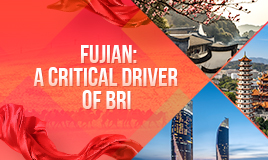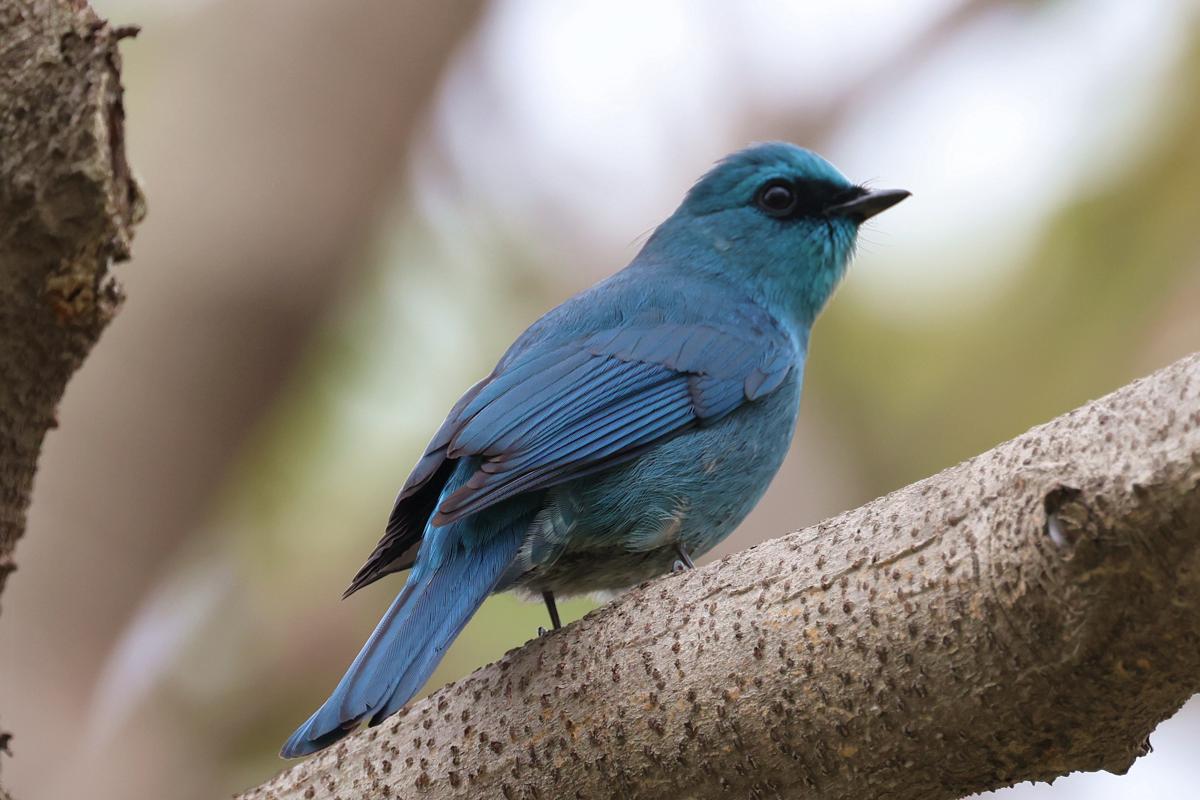BMW's annual cultural tour highlights unique heritage in Fujian
BMW is a big, "all-weather" fan of Chinese culture. Shortly after Typhoon Doksuri left Fujian province in late July, the German premium carmaker started its four-day journey to the coastal province known for its tea and porcelain.
The annual trip, called the BMW China Culture Journey, started in 2007. Over the past years, it has driven home the splendor of culture in the country for the Munich-based carmaker.
Fujian became the latest on its list of destinations because of its specialties including oolong teas and ceramic products that represent the essence of China as a nation.
Last year, UNESCO put China's traditional tea processing techniques and associated social practices on the Representative List of the Intangible Cultural Heritage of Humanity.
Franz Decker, president and CEO of the carmaker's Chinese joint venture BMW Brilliance, was amazed during the four-day journey that first took him and experts to Mount Wuyi, home to one of the best oolong teas.
Decker said tea is the most popular beverage worldwide, calling it one of the most important contributions that China has made to the world.
He also went on to visit Dehua county, where its white ceramic products were popular overseas as "blanc de Chine".
Different from Jingdezhen, a more famous porcelain-making region, Dehua products were mostly exported because of the county's proximity to the port of Quanzhou, the starting point of China's maritime Silk Road.
Local Dehua statistics show that there are up to 239 ancient kilns in the county, with the earliest one built around 3,700 years ago. Now the county's oldest extant kiln, built in 1609, is still working.
The last stop of the journey was the isle of Gulangyu, a pedestrian-only island off the coast of Xiamen.
The UNESCO World Cultural Heritage Site is primarily known for its mixture of cultures that can be seen in buildings of different architectural styles, most of which were built in the 19th century.
Wu Yongqi, an expert in the history of the isle, said it first served as a place for international trade in the Ming Dynasty (1368-1644), and later housed consulates of countries including the United States and Japan, and thus was usually chosen by successful overseas Chinese merchants, especially those in Southeast Asia, to build villas for their families when they returned to Fujian.
The annual BMW China Culture Journey is much more than just sightseeing. Each year, some inheritors of the intangible cultural heritage will be invited to design contests with college students so that their innovative works can reach a larger audience.
BMW has also partnered with Tsinghua University's Academy of Arts and Design to offer training sessions for some of the selected inheritors, enabling them to design products with elements of cultural heritage.
Statistics show that BMW has trained almost 1,000 inheritors and participated in the protection of more than 410 items of Chinese intangible cultural heritage.




